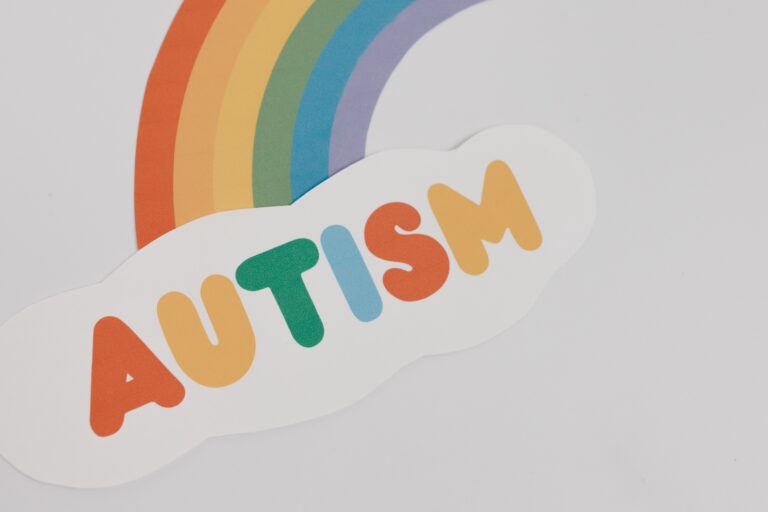The term “autism spectrum disorder” (ASD) has gained significant attention in recent years, particularly as the prevalence of diagnoses has increased. While this heightened awareness is crucial for early intervention and destigmatization, it’s equally essential to understand that not all forms of autism are the same. To support the autistic community effectively, it’s crucial to familiarize ourselves with the various nuances within the spectrum.
This post aims to shed light on the different types of autism, delve into terminology that has become outdated, and highlight why understanding these distinctions is beneficial for everyone.
Classic Autism
Also known as “Kanner’s autism,” named after the psychiatrist Leo Kanner who first described it in the 1940s, Classic Autism is what most people generally think of when they hear the word “autism.” It includes a range of challenges in social interaction, communication skills, and repetitive behaviors. Individuals with Classic Autism often have difficulties in understanding social cues and may also have intellectual disabilities.
High-Functioning Autism
Previously considered distinct from Classic Autism, High-Functioning Autism is now generally acknowledged as being on the milder end of the autism spectrum. Those with High-Functioning Autism may have excellent cognitive skills—sometimes even above average—but they still struggle with social interactions and can exhibit intense focus or interest in specific subjects.
While there are various types of autism, certain terms and diagnoses are now outdated among autism experts. Some examples include:
Asperger’s Syndrome
Until the release of the fifth edition of the Diagnostic and Statistical Manual of Mental Disorders (DSM-5) in 2013, Asperger’s Syndrome was considered a separate condition. Asperger’s was often described as a milder form of autism that didn’t include the language delays often associated with Classic Autism.
However, the DSM-5 has since folded Asperger’s into the broader category of Autism Spectrum Disorders. The change reflects a more nuanced understanding of autism as a spectrum, rather than distinct subtypes. Although some people still use the term colloquially or to describe their own experiences, it’s crucial to understand that it is technically an outdated classification.
Pervasive Developmental Disorder-Not Otherwise Specified (PDD-NOS)
Before the DSM-5 update, PDD-NOS was used as a kind of catch-all term for individuals who displayed some symptoms of autism but did not meet the full criteria for Classic Autism or Asperger’s Syndrome. PDD-NOS has also been absorbed into the general diagnosis of ASD, highlighting the fluidity of symptoms and experiences within the autism community.
Childhood Disintegrative Disorder (CDD)
CDD is a rare condition, far less common than other types of autism. In CDD, children develop typically for the first two years of life but then experience significant regression, losing various skills they once had—such as language and social abilities. Like other forms, CDD is now generally considered to be on the autism spectrum.
The Importance Of Familiarization
Understanding the various types of autism is beneficial not just for caregivers, clinicians, and educators, but for society as a whole. A nuanced grasp of the spectrum helps us to:
- Improve Diagnostic Accuracy: The more we understand, the more accurately professionals can diagnose and tailor interventions for individuals with autism.
- Encourage Empathy: Understanding the range of experiences within the autism community helps break down stereotypes and promotes empathy and inclusion.
- Enhance Personalized Support: Different individuals require different types of support, and a nuanced understanding of autism allows for more effective, personalized care.
The autism spectrum is exactly that—a spectrum. It comprises a range of symptoms, abilities, and experiences that cannot be easily boxed into categories. While it’s human nature to categorize things to better understand them, when it comes to autism, it’s crucial to appreciate its diversity.
As our understanding of autism evolves, so should our language and attitudes. It’s more than just a clinical issue; it’s a human one that affects us all in different ways, directly or indirectly. Let’s commit to continuous learning, for the betterment of our collective coexistence.
Photo by Tara Winstead



